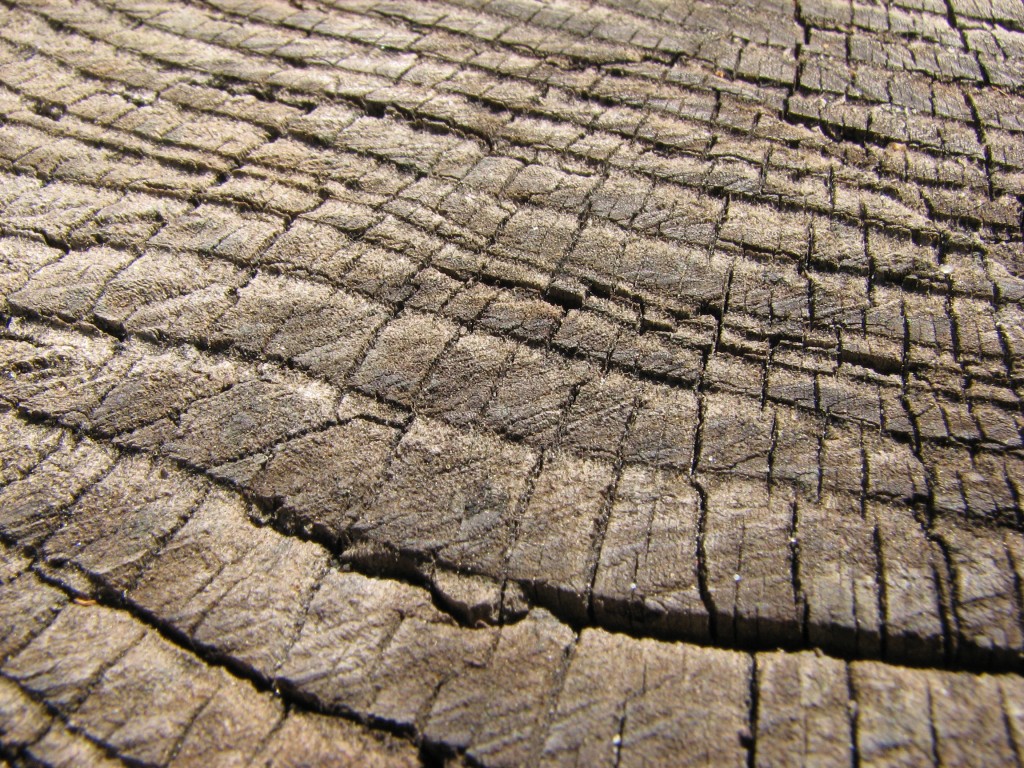Three hundred and seventy years ago a Belgian alchemist and physician was exploring ideas that there were other gases in the atmosphere, as well as the idea that the substance which makes up plants and trees did not come from the soil, which was thought at the time.

Jan Baptist van Helmont (1580 – 1644)
This man, Jan Baptista van Helmont, was the first to do these experiments on a willow tree in a pot over a 5 year period. He took accurate readings of the mass of the soil, the tree and the water added, using modern experimental ideas of science introduced by the likes of Galileo, William Harvey and Francis Bacon.

Weeping Willow
After 5 years he checked the mass of the soil and found it had not changed by much, and so it could not explain the mass of the willow tree. He therefore assumed incorrectly that all the mass came from the water added during its lifespan. It was only until 160 years had passed that Nicolas-Théodore de Saussure, a Swiss chemist, repeated van Helmont’s experiments along with analysis of the gases given off by the tree, and concluded that carbon dioxide contributed significantly in explaining the mass of the tree.

From carbon dioxide to carbon in wood…
Today we know that about 98 % of the mass of a tree is made up of carbon, hydrogen, oxygen, nitrogen, phosphorous and sulphur, with the first three of those elements contributing mostly to its mass (dried wood is about 50 % carbon).
What this means, is that simply by using a small amount of surface area of arable land, and by adding water, we have a mechanism of removing carbon from the atmosphere. And this resulting creation not only provides a habitat for a multitude of life ranging from the microscopic to larger mammals, it also provides us with oxygen and is most pleasant in appearance. And I have not even mentioned fruit trees here.
I challenge you to think of a similar mechanism which can remove carbon from the atmosphere with the same cost, efficiency and environmental impact.